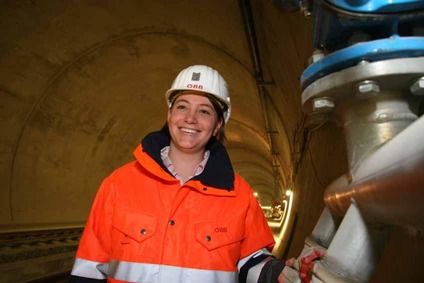
The target network 2040 comprises the necessary steps for the rail network’s further development in the next 15 to 20 years. Only with such proactive strategic planning will the railways be able to play its important role in the transition towards sustainable mobility.
How is the target network developed?
The proposal for the target network 2040 is prepared by experts of the Federal Ministry for Climate Protection, ÖBB-Infrastruktur AG and SCHIG mbH. It is based on Austria’s Mobility Master Plan 2030 and takes the requirements of relevant stakeholders, such as interest groups like the federal states, into account.

Project ideas and possible measures are bundled into modules and analysed: The traffic impact of all modules is determined using a transport model based on Austria’s Traffic Forecast 2040. These results are incorporated into a macroeconomic cost-benefit analysis. In addition, the modules’ contribution to overarching transport policy goals and their environmental impacts are presented. The best modules with the highest efficacy are then included in the target network 2040 proposal. At the end of the process, a political decision is made. This decision is expected in early 2024.

How will the target network be implemented?
The target network will be implemented via the framework plan (Rahmenplan) for the network of ÖBB-Infrastruktur AG, which is updated annually. This ensures the investments’ financing by the federal government.
Zielnetz 2025+
Das letzte Zielnetz 2025+ (inklusive Anhang A-G) wurde Anfang 2012 von der damaligen Bundesregierung beschlossen. Mit dem Zielnetz 2040 erfolgt eine logische Fortführung und Aktualisierung.
The rail network of the future creates the conditions for
- more and punctual trains
- more passengers
- shorter travel times and improved connections
- modern stations and terminals
- more freight transport on environmentally friendly railways
The implementation benefits the whole country
- Additional jobs and economic activity during and after implementation
- Safer and more environmentally friendly transport, for example through less truck traffic on the road
- Efficient use of public funds


